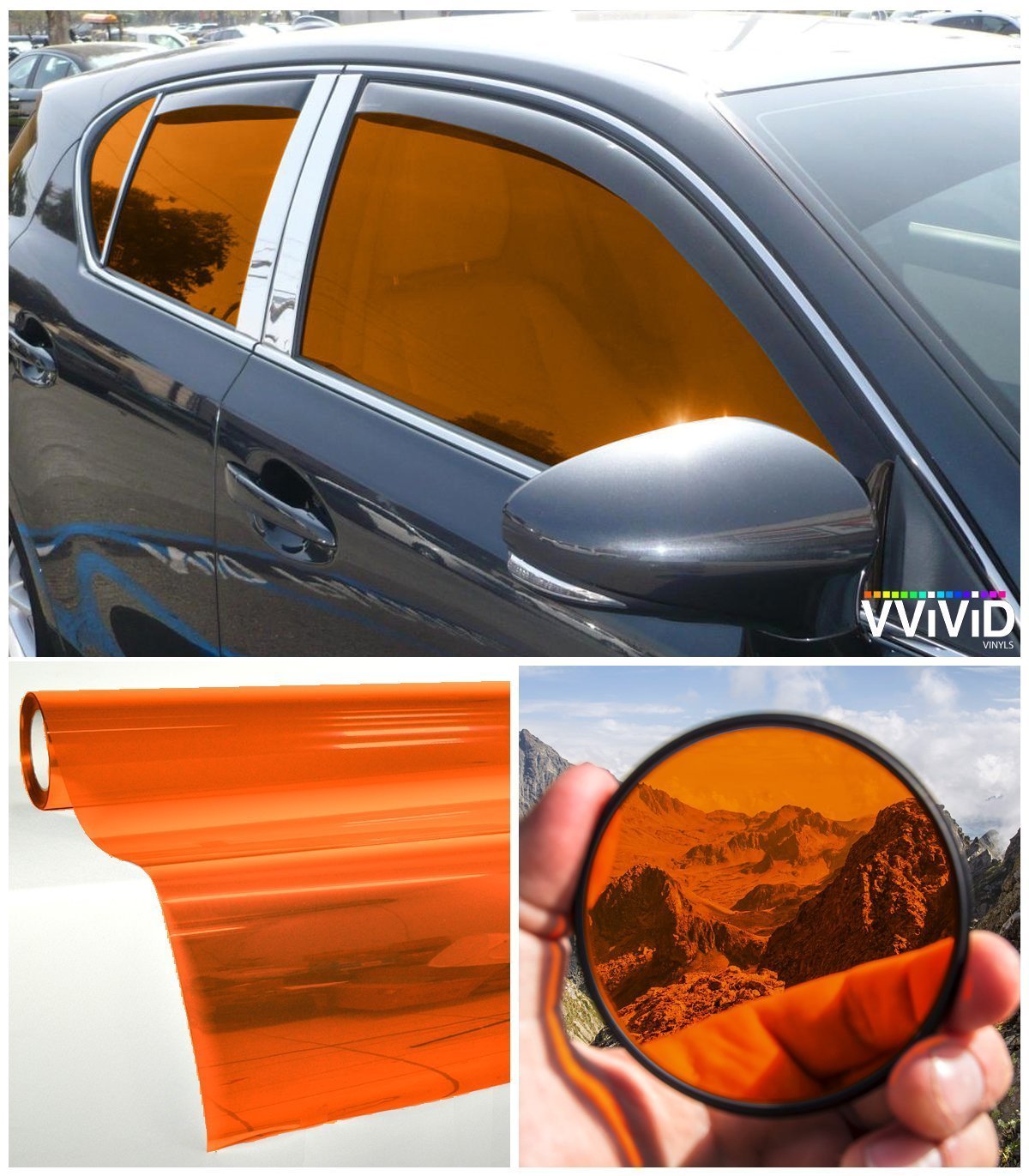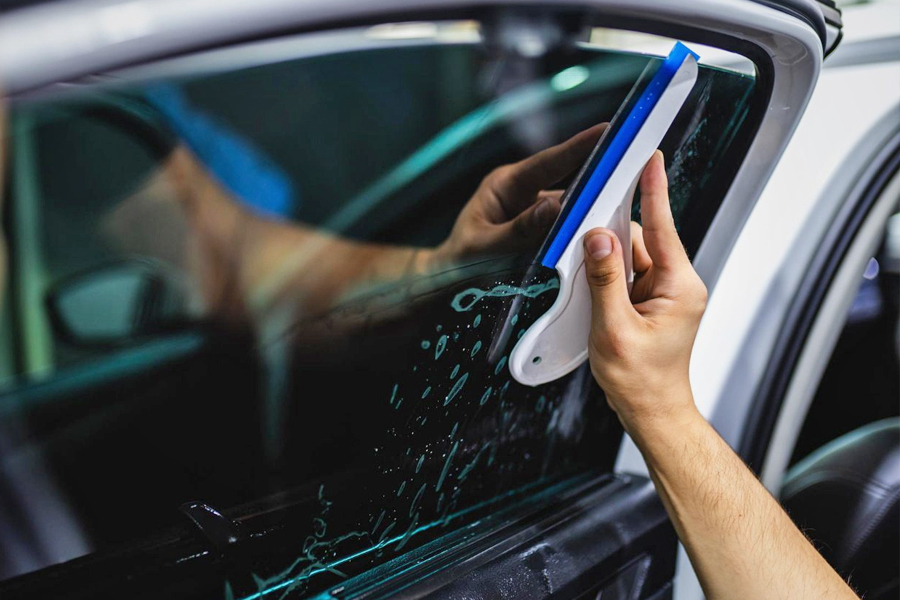Exactly How Vehicle Window Tinting Can Enhance the Resale Worth of Your Car
Exactly How Vehicle Window Tinting Can Enhance the Resale Worth of Your Car
Blog Article
Window Tinting Rules and Guidelines: What You Need to Know Prior To Tinting Your Car
Before continuing with window tinting for your vehicle, it is essential to acquaint on your own with the varied regulations and standards that control this practice throughout various states. These guidelines determine the allowable levels of color darkness, frequently measured by visible light transmission (VLT) percents, and consist of specific stipulations for front windshields intended at making sure road safety and security.
Review of Window Tinting Laws
Home window tinting legislations are regularly subject to variant throughout various territories, mirroring local guidelines and security considerations. These laws determine the permissible degrees of color darkness and reflectiveness on vehicle windows, guaranteeing that motorists keep ample visibility while additionally safeguarding against dangerous UV rays and warm.
A lot of regulations categorize window tinting based upon the Visible Light Transmission (VLT) portion, which indicates the amount of light that can travel through the window. Usually, lower VLT portions represent darker tints. Laws frequently set apart between the front, side, and rear windows, with more stringent restrictions put on the front windshield to enhance security for both the motorist and other road users.
In addition, some territories impose limitations on the reflectivity of the tint, protecting against extreme glow that might harm presence. Exceptions to these legislations may exist for people with particular medical conditions calling for extra sun defense. Conformity with home window tinting laws is important, as offenses can lead to penalties, obligatory elimination of the color, and prospective rises in insurance premiums. It is important for vehicle owners to acquaint themselves with regional laws before continuing with window tinting setups.
State-by-State Tint Laws
Recognizing the particular home window tinting policies in each state is crucial for lorry proprietors seeking to adhere to the legislation. Each state in the U.S. has established its own collection of regulations controling home window tinting, which can vary significantly. These regulations commonly determine the permitted degrees of tint darkness, the kinds of home windows that can be tinted, and any kind of clinical exceptions that might use.
For instance, states like California have strict limitations on tint darkness for front windows, while others, such as New Mexico, might enable darker tints. Furthermore, specific states mandate certain visibility portions for different home windows, including the windshield, front side home windows, and back home windows. It is important for cars and truck owners to acquaint themselves with their state's regulations to avoid potential fines or fines.
Furthermore, some states might need an accreditation sticker label to be put on tinted windows, showing compliance with state laws. Failing to stick to these policies not only risks legal repercussions however can also influence security and visibility while driving. Vehicle proprietors must perform thorough study or consult neighborhood authorities to make sure complete understanding and conformity with state-by-state color policies.
Allowed Color Types and degrees
Many automobile owners may be amazed to learn that enabled color degrees and kinds vary widely throughout different states. Each state has actually established its own regulations pertaining to the acceptable darkness and reflectivity of check that home window color, typically measured by Visible Light Transmission (VLT) percentages. VLT refers to the amount of light that can go through the tinted home windows; thus, a lower percent indicates a darker color.

Additionally, the kinds of tint materials enabled can vary, with some states banning metallic or mirror-like surfaces. It is crucial for vehicle owners to acquaint themselves with their state's specific laws to make sure conformity. Non-compliance can result in fines, compulsory removal of the tint, or other legal effects, making it imperative to comprehend these regulations prior to waging installation.
Medical Exceptions for Tinting
While not all states provide allowances for medical exemptions relating to home window tinting, those that do acknowledge the necessity for specific individuals to enhance visibility and convenience as a result of medical problems. Numerous clinical problems, such as lupus, skin cancer cells, and certain eye problems, can make people specifically sensitive to sunshine. Subsequently, these individuals might call for darker tints to shield themselves from dangerous UV rays and glare.

It is very important to note that despite a clinical exception, there may still be restrictions on the level of tint permitted. Conformity with state regulations ensures that individuals are both secured and within legal restrictions. Those considering medical exemptions ought to call their neighborhood Department of Electric motor Autos or equal authority to recognize the procedures and demands needed to apply look at this website for an exemption successfully.
Penalties for Non-Compliance
Failing to follow home window tinting legislations can cause significant penalties, which differ by state. Police are encouraged to release citations for vehicles that do not abide by the specified tinting laws. These penalties typically consist of fines, which can vary from moderate amounts to several hundred dollars, relying on the severity of the violation and the state concerned.
In some territories, repeated offenses might cause intensifying fines or extra charges, such as required court looks. Furthermore, non-compliance may demand the elimination of illegal tinting, commonly at the owner's expenditure. In extreme cases, regular offenders may deal with suspension of their automobile registration till conformity is accomplished.
Furthermore, insurance policy implications might emerge from obtaining numerous citations for home window color offenses. Insurance companies might watch such infractions as an indication of riskier habits, possibly bring about increased costs or difficulty in protection.
To avoid these fines, it is critical for vehicle proprietors to familiarize themselves with their regional window tinting regulations and ensure that their lorry complies (Window Tinting). This aggressive strategy not just prevents legal implications yet additionally promotes road safety
Verdict

A lot of policies identify home window tinting based on the Visible Light Transmission (VLT) portion, which suggests the quantity of light that can pass via the window. Conformity with window tinting laws is essential, as offenses can result in fines, compulsory removal of the tint, and prospective rises in insurance policy costs.Recognizing the details window tinting regulations in each state is vital for automobile proprietors looking for to conform with the legislation. These guidelines usually determine the allowed levels of color darkness, the types of windows that can be tinted, and any type of medical exemptions that may apply.
For circumstances, states like The golden state have strict limitations on color darkness for front windows, while others, such as New Mexico, might permit darker colors.
Report this page